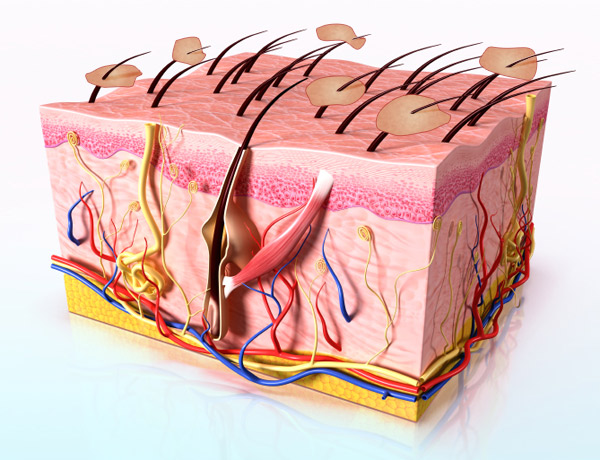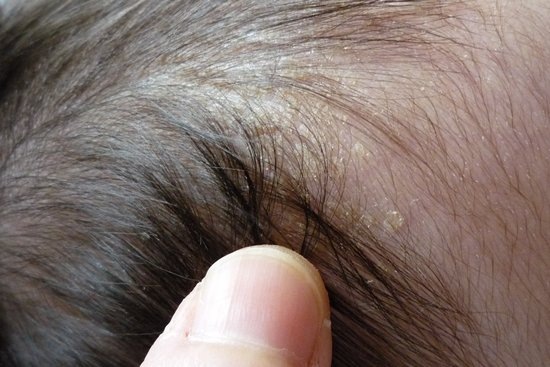
Seborrheic Dermatitis (Seb Derm) is a common skin disease. The rash that results is red and scaly. It is typically found on the scalp, sides of the nose, eyebrows, ears, eyelids and middle of the chest. It is easily treated, but is chronic, so it will recur if treatment stops.
Seb Derm is not dandruff. Dandruff causes scaling on the scalp but not redness. Seb Derm is characterized by scaling and redness.
Seb Derm is most often found in infants and older adults, but can affect anyone. It is sometimes called “cradle cap” in infants. In some infants, it can be only in the diaper area and be confused with diaper rash.

If Seb Derm appears after infancy, it can be lifelong. It can start off as dandruff and progress to full blown seborrheic dermatitis.
Seb Derm is more common in:
- People who have a family member with seborrheic dermatitis
- Men than women
- People who have oily skin or hair
- People with acne or psoriasis
- People with Parkinson’s Disease or HIV/AIDS
- People with alcoholism
Causes
Most doctors agree that the presence of a yeast like organism and excess of oil from the skin contribute to seborrheic dermatitis. Immune system sensitivity is also a contributing factor. Excess oil from skin is a food source for yeast to grow and the yeast causes inflammation, irritation and scaling.
Diagnosis
Most of the time, a diagnosis is made simply from looking at the rash on the body. No special tests are required. Seb derm that does not respond to treatment may need testing to rule out other diseases.

Treatment
There is no way to prevent or cure seb derm. Treatment can control it, however. It can also get better on its own.
Gentle shampooing with mild shampoo helps infants with cradle cap. Low dose steroids or anti-fungals may also be applied.
Adults usually need a medicated shampoo and sometimes a steroid cream that is prescribed.